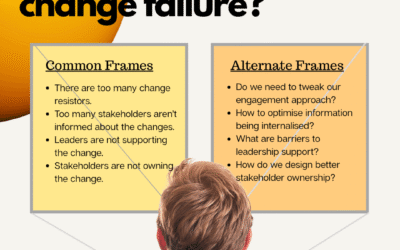Managing customer experience is in vogue at the moment. This is particularly the case for competitive industries where there is little differentiation in terms of price points and services offered such as banking and utilities. Touting the company’s focus on ‘customer experience is the new mantra for a lot of companies.
Most financial services firms and telecom companies, amongst others, have been jumping on this bandwagon and have built various customer experience teams and centres of excellence. However, for large innovative US companies such Starbucks, Apple and Intel Customer Experience has been at the heart of how products and services have been designed for over 10 years.
What are the key challenges in driving customer experience management? Research by Harvard Business Review Analytics Services in 2014 showed that 51% of companies surveyed indicated one of their top challenges to be achieving a single view of the customer. In addition, 51% of companies surveyed also indicated that building new customer experiences is another key challenge. These two are not mutually exclusive as you may point out.
This conundrum strikes at the heart of the reality for large organisations – the ability to integrate different sources of customer data across different departments, channels and systems into a picture that can be easily understood and utilised. This is necessary to truly achieve a single view of the customer. It is then through a single view of the customer that companies may be able to change or build new customer experiences.
However, there is one very large gap in this equation. The key focus on driving customer experience improvements through data has been on CRM systems that capture various customer and marketing data. CRM systems have focused on providing effective marketing automation, salesforce automation and contact centre automation. Other than data companies have also invested heavily in digital and other self service channels. What about the other side of the equation? I.e. an integrated single picture of the initiatives that the company is driving to define/change the customer experience (intentionally or unintentionally)?
These initiatives include not only marketing and promotional campaigns, but also product changes, legislative change communications, pricing changes, IT changes, and even other companies initiatives that can indirectly impact customer service or the media. Most large organisations either have no way of creating this integrated picture or have disconnected spreadsheets that track segments of the overall initiatives.
What risks does this create for companies? By not having an integrated picture of how a company is impacting and shaping its customer experience it cannot truly manage that experience holistically. Banks often experience this. One department called for a credit card to be end of life whilst another called for increased sales to meet target. The bankers and customers became very confused as you can imagine. A 2013 Ernst & Young survey found that companies are losing $720 per negative customer experience. The same research also found that 40% of households have had a negative experience with a telecommunications company, whilst 25% have had a negative experience with a utilities company. There is a lot of money at stake here as you can see.
The solution is to piece together all company change initiatives that impact customers (directly, and indirectly through employees) with specific focus on change impacts. Single view of change impact data of what type of customer, when, to what level, with what change, etc. can be integrated with other sources of customer data (e.g. CRM system data and customer experience mapping info) to create a powerful picture of:
-What the company is planning to roll out to customers at a holistic and aggregate level, and how this is shaping the customer experience?
-How aligned or misaligned these customer change impacts are with the customer strategy?
-To what extent there are clashes amongst different change initiatives from different departments in conveying the targeted customer experience?
-To what extent there is too much or too little change in shaping the customer experience within the initiative pipeline, as aligned with the strategy?
-From these powerful integrated pictures of what is happening to the customer’s experience critical decisions may be made to best design the optimal experience?






